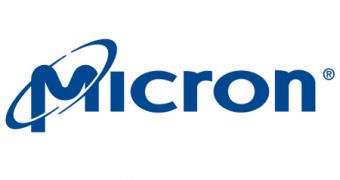Micron Technology, Inc. recently announced the sampling of monolithic 2-gigabit (Gb) low-power DDR2 (LPDDR2) memory device aimed at offering battery life improvements and enhanced system performance to smartphones and smartbooks. According to the company, the new 2Gb LPDDR2 can be included in handsets either as a stand-alone device or in combination with Micron’s NAND so as to deliver high-capacity multichip package (MCP) or package-on-package (POP) solutions.
Moreover, the company states that it can achieve an ultra high-density, 8Gb-based solution through the combination of four of the new 2Gb LPDDR2 memory devices. New smartphones and smartbooks come to the market with enhanced features and with more applications, and more memory is required for achieving peak performance levels.
“LPDDR2 today is targeted at the high-end handset and smartbook markets, and this new 2Gb design demonstrates Micron’s commitment to serving those markets,” said Eric Spanneut, director of mobile memory marketing at Micron. “In the next few years as we start to see crossover from LPDDR1 to LPDDR2 in the value-driven handset market, Micron’s LPDDR2 portfolio is perfectly designed to address their needs as well.”
According to Micron, its LPDDR2 can prove a great memory solution for ARM-based systems, mainly due to the power and performance levels it can deliver. The memory maker worked closely with ARM for the designing of LPDDR2 memory solutions and for making them best fitted with ARM's mobile offerings. The new 2Gb LPDDR2 is expected to enter mass production in the third quarter of the year.
The features Micron’s LPDDR2 family comes with include: - Operates at 1.2-volts, reducing the device’s memory power consumption as much as 50 percent when compared to LPDDR1 - Delivers data transferring speeds of up to 1066 Mb per second, boosting the operating capability of mobile applications - Supports advanced mechanisms for managing power usage, allowing for portions of the array to be powered down when not required - Offers a broad temperature range - 40º to +105º Celsius – maintaining performance in extreme environments.

 14 DAY TRIAL //
14 DAY TRIAL //